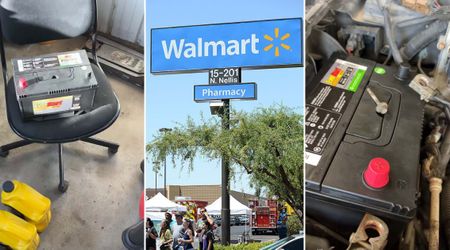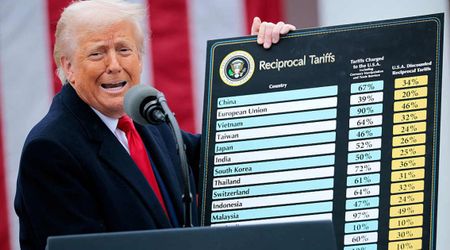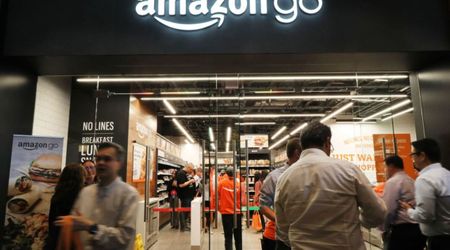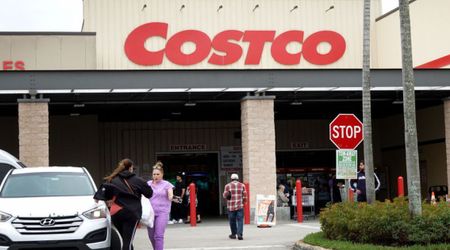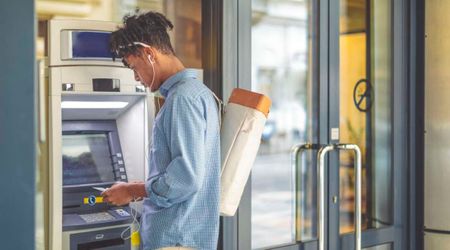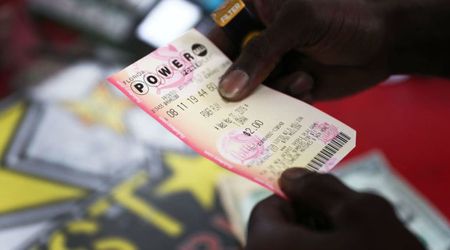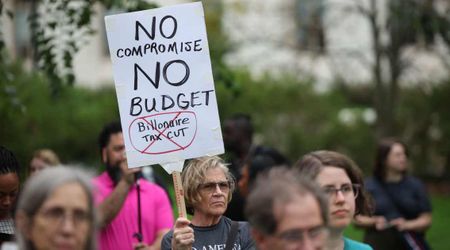Americans Are Confused About the New Tipping Custom; Will They Return to Pre-pandemic Tipping Habits?

You may have noticed or tipped through one of the prompts on any establishment's online app or tablet at checkout. If you were taken aback the first time you were asked to tip through one of these prompts, then you are not alone. The new point-of-sale methods backed by technologies, some of which were implemented because of the COVID-19 pandemic, have changed the informal customs around who gets tips and how much.
What do Americans have to say about the new tipping culture?

Seven out of 10 Americans say that tipping is now expected in more places today than it was half a decade ago, as per Pew Research Center. Only about a third of the 12,000 US respondents said that it was very easy to know whether to tip for different types of services or how much to tip.
"In many establishments, we’re now moving to digital payment systems such as Toast that ask you each time you purchase if you want to leave a tip and suggest tip amounts," Jill Avery, senior lecturer of business administration and the Christensen Distinguished Management Educator at Harvard Business School said. "Some of these are point-of-sale situations where we didn’t traditionally think about tipping 15 percent, such as counter service or delivery of our order after we ordered it on an app," per Avery's statements reported by The Harvard Gazette.
Is "suggested tips" a good idea?
Avery talks about the classic framing effect from psychology in the context of tipping services. She says that people are most likely to perceive the price of something based on "what surrounds it." If a $5 wine is placed on a shelf of other wines that are worth $15, then the customer is bound to presume that the wine is $15 even when it's not.
“We see those framing effects in practice when we go to checkout using apps that suggest tip amounts. By moving the suggested tip ranges away from our historical expectations, i.e., 10 percent, 15 percent, and 20 percent as tip ranges, the app suggests a tip of 20 percent, 25 percent, and 28 percent. By moving the entire set of tips up, they reset people’s expectations of what a ‘proper’ tip should be," she said.
However, with the rising inflation, customers are simply finding it difficult to tap on the suggested tips. They can't help but question the tipping system. People were okay with paying higher prices during the pandemic as they understood the "why" behind the prices.

Consumers are highly likely to return to previous behavior patterns
The world saw a rapid increase in e-commerce and people were forced to pay more because of the crisis. Now that the crisis is over, consumer behavior is going to fall back, as mentioned by Avery. "I think any crisis that disrupts basic consumer behavior allows for rapid consumer behavior change. But, when the crisis is over, we watch to see if consumers will fall back to their previous behaviors," Avery said.
"Asking for higher tip levels felt appropriate during COVID as we understood or could rationalize the ‘why’ behind them," she added. "It feels less fine in the current environment and could be perceived by consumers as greedy." She predicts that consumers will return to past buying habits unless a significant driving force makes them stick to their new behavior or they find continuing with the new behavior immensely valueable.

The right thing to do is to not rely on the tipping aspect, and grow your business differently. In this case, suggesting tip ranges that seem to be high or exploitative is not the right way to go. Instead, businesses should simply ask questions like, "Would you like to leave a tip?" or "How much would you like to leave?" The decision of whether to tip or not to tip and the final tipping amount should be left to the customers.


